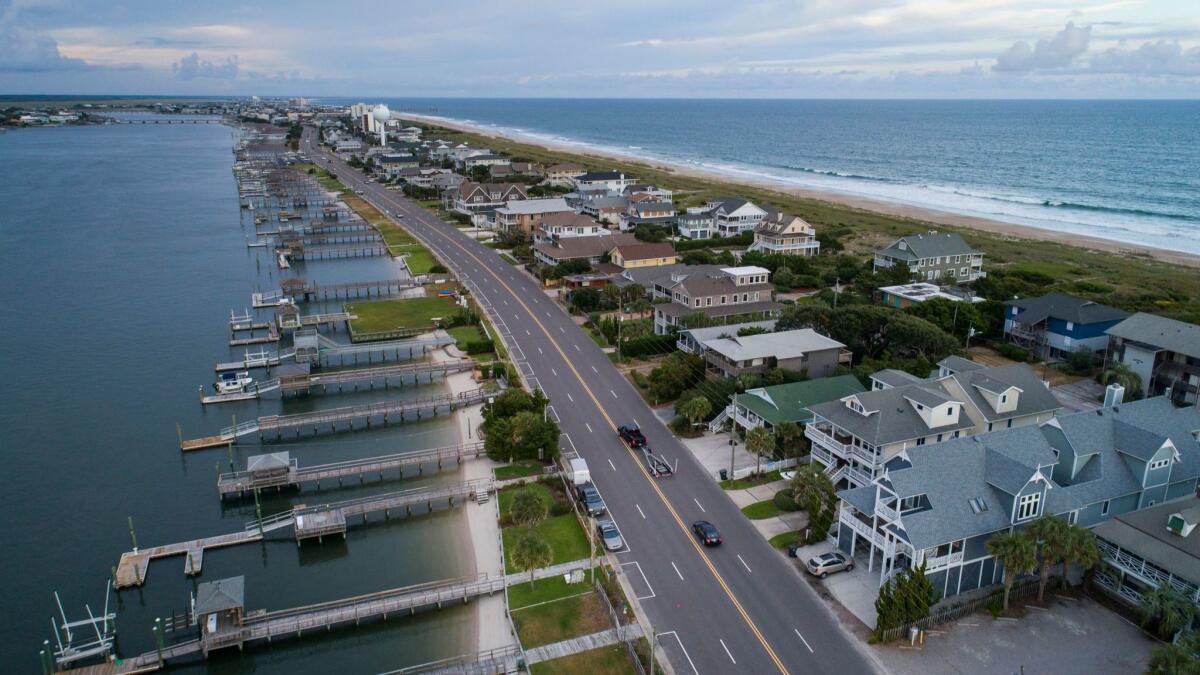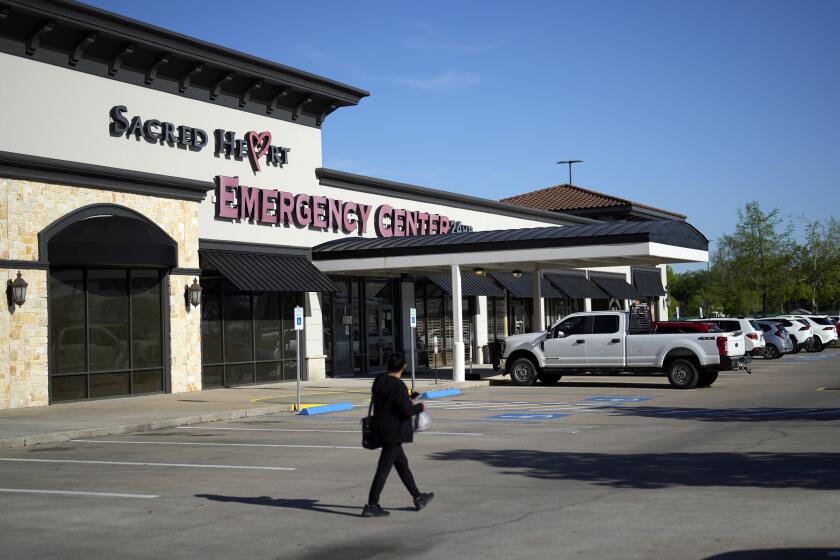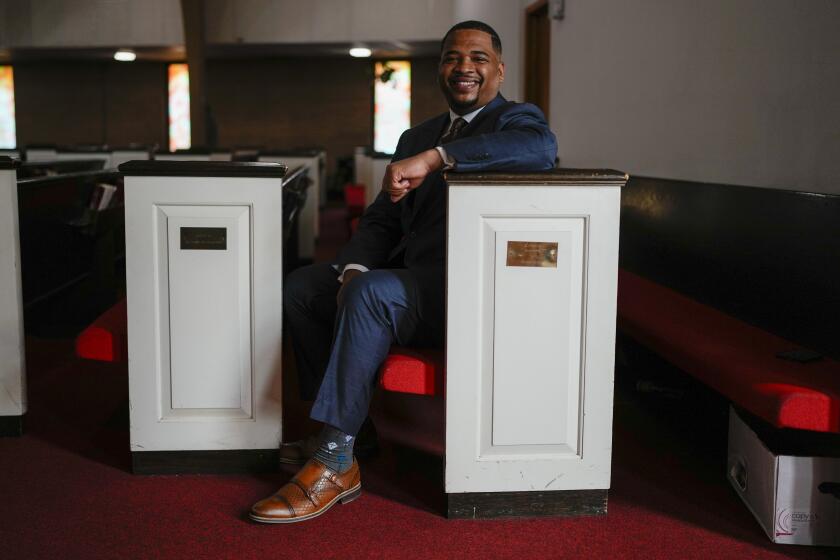Yes, hurricane damage is getting worse. But that’s largely because there’s more stuff to damage

In 1960, roughly 845,000 people lived in the 24 counties along the Carolina coast.
By 2000, the number had grown to more than 1.5 million as the demand for beach living and ocean views continued to rise.
The coastal population today tops 2 million.
The development boom persisted despite warnings that global warming would continue to raise sea levels and could increase the intensity of storms. As in many places with strong Republican traditions, the issue of climate change remains highly contentious in both North Carolina and South Carolina.
But you don’t have to trust the science of climate change to see the obvious: With more development along the coast, there is more to destroy when a hurricane pays a visit.
“We know that the cost of hurricanes have been rising over time and that’s largely due to coastal development,” said Christy Dahl, a senior climate scientist at the non-profit Union of Concerned Scientists. “We simply have more stuff and more property in harm’s way.”
Residents of the Carolina coast are now confronting that reality as Hurricane Florence — now a tropical storm — bears down on their billions of dollars in real estate. All they can do now is hope that it shows them some mercy.
Live coverage of Hurricane Florence »
Scientists say that it is difficult to attribute any given storm or other extreme weather event to climate change. There were powerful hurricanes before the industrial age started pumping carbon and other greenhouse gases into the atmosphere.
But there has been an increase in the intensity of storms in the North Atlantic since 1970 and growing evidence that climate changes is to blame. Rising ocean temperatures give hurricanes more power. A warming atmosphere gives hurricanes more moisture. And rising sea levels mean stronger storm surges and more flooding.
“We won’t necessarily see more hurricanes but we would expect them to become stronger,” Dahl said.
That is unless the world drastically reduce its emissions, an unlikely prospect given the current state of global politics and economics.
In the meantime, researchers say that a good share of future damage could be averted with better development and land use policies.
Roger A. Pielke, professor of environmental studies at the University of Colorado at Boulder, has studied hurricane damages dating back decades and concluded that the the rising toll has less to do with the power of those storms than with the increasing amount of development in their path.
“The fact that there’s more people and property and wealth is why damage increases,” he said.
One of the problems is that in the U.S., land-use policy is usually decided at the local level, making it difficult to institute a broader strategy.
Dahl said that Hurricane Harvey was especially devastating because rapid development in the Houston area had changed the character of the land in a way that provided limited escape paths for the record rainfall that accompanied the 2017 storm.
“It went from a natural landscape to having imperfect surfaces like concrete and asphalt,” she said.
The result was massive flooding.
“We need to be thinking about two things: where we are developing and ensuring we are not putting more people and property in high risk zones,” Dahl said.
North Carolina flouted that advice.
In 2009, the state’s Coastal Resources Commission contacted scientists to report on sea level rise.
The scientists published a report the next year projecting that by 2100 the sea would rise by at least 39 inches.
That was unwelcome news amid a development boom that was pumping billions of dollars into coastal projects. Skeptical of the science and beholden to the interests of developers, the Republican-dominated state legislature rejected the study.
Then in 2012 legislators passed a law ordering local agencies to ignore consideration of sea level rise when it came to making development policies for at least the next four years.
Bob Emory, who was chairman of the coastal commission when the report was released, was at home Friday in New Bern, N.C. — which sits on on ocean and was hit hard by the hurricane — already preparing for recovery efforts.
In the years since the report was published, development along North Carolinas coast has continued to boom.
He said there has been some progress: Several communities have developed policies associated with mitigating frequent flooding.
“They talk about flooding rather than sea level rise,” he said in an e-mail. “We are part of the wider world where such discussions are ongoing.”
Follow me on Twitter @melissaetehad
More to Read
Start your day right
Sign up for Essential California for news, features and recommendations from the L.A. Times and beyond in your inbox six days a week.
You may occasionally receive promotional content from the Los Angeles Times.







